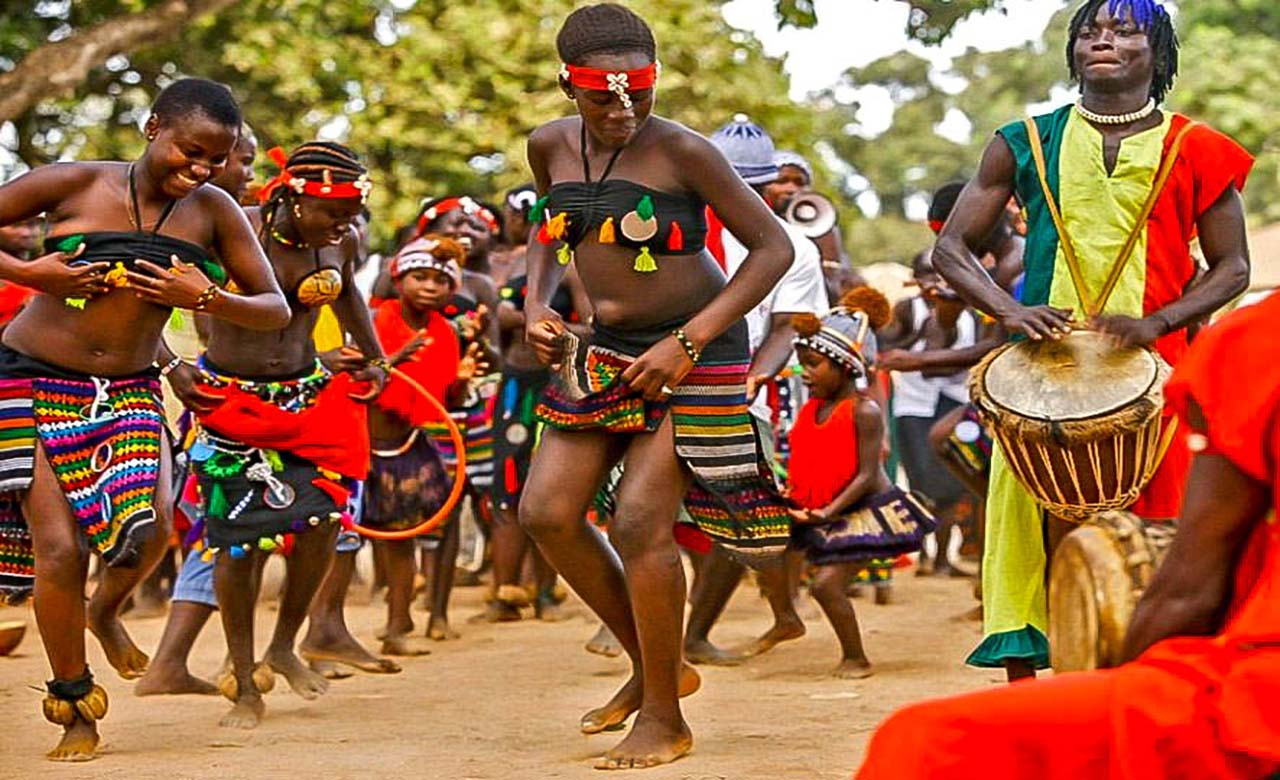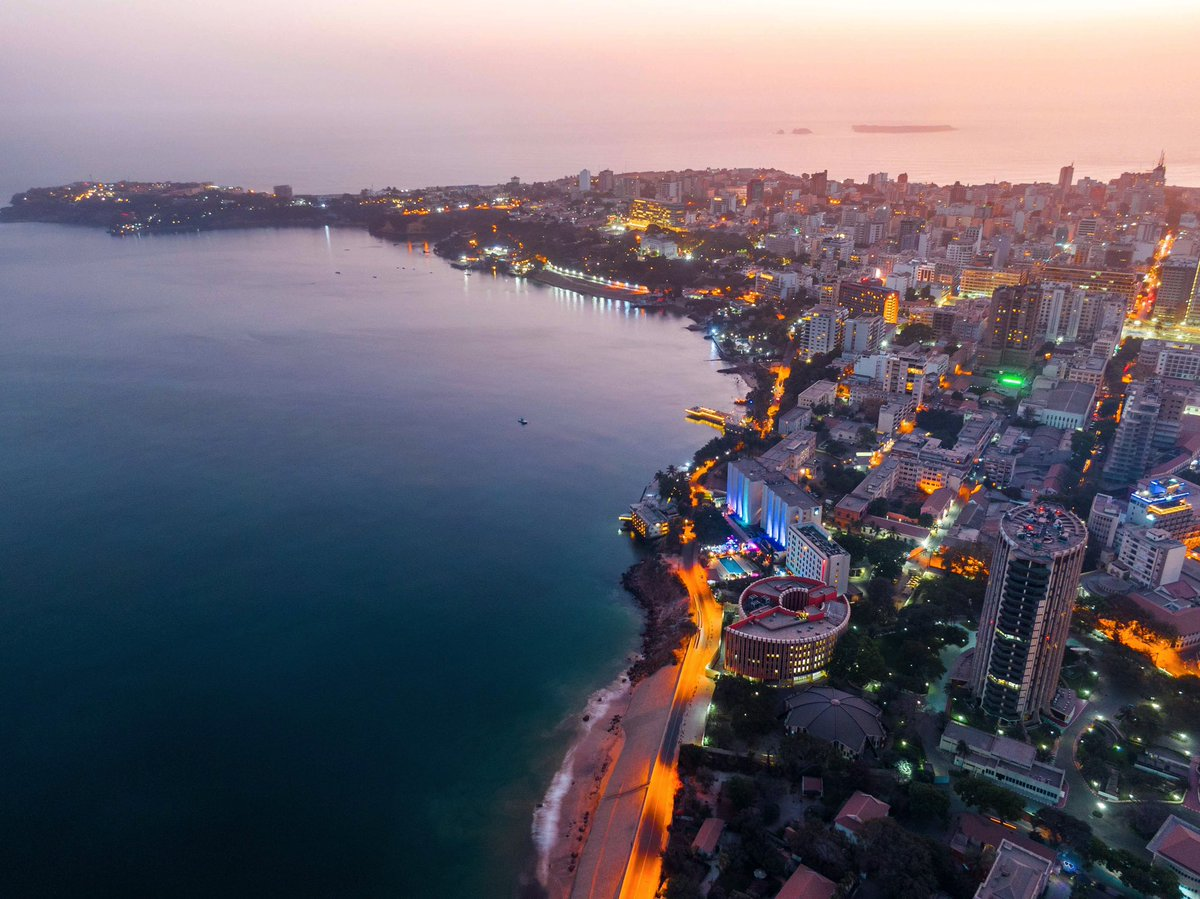senegal

A Land of Mystical Baobabs and Cultural Diversity
Senegal is an appealing vacation spot that offers a wealth of fauna, well-developed beach resorts, several reserves, and parks. Its strong cultural heritage is another asset.
Some of these marvels are the looming baobabs, with the Samba Dia Baobab positioned as the tallest one. With an astounding girth of 33-meters, this colossal tree is so vast you could almost live inside it.
Conversely, Senegal’s national parks offer the chance to marvel at exotic African creatures and witness the stunning spectacle of pink flamingos. Senegal’s bustling capital, Dakar, has been likened to Paris but its charm offers so much more. This coastal metropolis thrums with life with the rhythm of mbalax music spilling into the streets. Here’s more detailed information on Senegal.
History of Senegal
Archaeological findings reveal that Senegal has been continuously inhabited by various ethnic groups since prehistoric times. Various ethnic groups have been welcomed by the nation, like the kingdoms of Takrur in the Middle Ages.
The 13th and 14th centuries marked an upsurge of Namandiru and the Jolof Empire, respectively. Islam arrived in Senegal through Toucouleur and Soninke interactions with the Almoravid dynasty in the Maghreb. However, it faced resistance from traditionalist ethnicities like the Serers.
The 13th and 14th centuries marked an upsurge of Namandiru and the Jolof Empire, respectively. Islam arrived in Senegal through Toucouleur and Soninke interactions with the Almoravid dynasty in the Maghreb. However, it faced resistance from traditionalist ethnicities like the Serers.
The 14th century fostered the demise of the Jolof Empire, which drew all various nations by consensual confederacy as opposed to conquest. After internal chaos, the empire headed by Ndiadiane Ndiaye collapsed in 1549. The mid-15th century marked the arrival of Portuguese explorers, followed by other European traders Gorée Island, a major hub in the Atlantic slave congestion, was under French authority by 1677.
In the 19th century, European missionaries reintroduced Christianity to the region. In the 1850s, French colonists expanded their control, absorbing native kingdoms except for the Serer strongholds of Sine and Saloum Senegal acquired sovereignty within the French Community on November 25, 1958.
Senegal joined hands with French Sudan (Present day Mali) to form the Mali Federation on 20th June 1960. Months later, the Mali Federation collapsed due to in-fighting, with Senegal attaining full independence on 20 August 1960. The former president of Senegal was Léopold Sédar Senghor, who pioneered the country’s independence movement.
In the 19th century, European missionaries reintroduced Christianity to the region. In the 1850s, French colonists expanded their control, absorbing native kingdoms except for the Serer strongholds of Sine and Saloum Senegal acquired sovereignty within the French Community on November 25, 1958.
Senegal joined hands with French Sudan (Present day Mali) to form the Mali Federation on 20th June 1960. Months later, the Mali Federation collapsed due to in-fighting, with Senegal attaining full independence on 20 August 1960. The former president of Senegal was Léopold Sédar Senghor, who pioneered the country’s independence movement.


Capital of Senegal
The capital of Senegal is Dakar. The city presents a dynamic mosaic of history, culture, and vitality.
This coastal metropolis thrums with life, blending with the calls of street vendors and the hum of city traffic.
Its eclectic mix of modernity and tradition is visible everywhere, from the avant-garde art galleries and chic rooftop bars to the bustling markets. With its stunning Atlantic coastline, rich colonial architecture, and a nightlife that rivals any in Africa, Dakar offers an intoxicating blend of the old and the new.
This coastal metropolis thrums with life, blending with the calls of street vendors and the hum of city traffic.
Its eclectic mix of modernity and tradition is visible everywhere, from the avant-garde art galleries and chic rooftop bars to the bustling markets. With its stunning Atlantic coastline, rich colonial architecture, and a nightlife that rivals any in Africa, Dakar offers an intoxicating blend of the old and the new.
Language in Senegal
With almost 39 languages, Senegal is a linguist’s dream nation. However, French and Arabic are the most prevalent in the capital. French is the official and business language in Senegal. The country’s linguistic landscape is primarily divided into two families: Atlantic and Mande.
Perched in the western part of the nation, the Atlantic family comprises the most extensively spoken languages, such as Wolof, Serer, Fula, and Diola. Meanwhile, the eastern Mande region resonates with languages like Bambara, Malinke, and Soninke.
Currency of Senegal
The CFA Franc (XOF), formerly known as the Franc of West African Communities, is the national currency of Senegal. Currently, $1 equates to 609.56 XOF. XOF is used by seven other West African independent states including; Benin, Burkina Faso, Côte d’Ivoire, Guinea-Bissau, Mali, Niger, and Togo. While most local businesses primarily transact in XOF, most major hotels accept both the dollar and the Euro.
itinerary
Arrive at Blaise Diagne International Airport
Meet our Discover ME Representative
Discover ME Partner Driver will pick you and drive you to the Hotel
Discover ME will host our daily group dinner at the Hotel
Meet our Discover ME Representative
Discover ME Partner Driver will pick you and drive you to the Hotel
Discover ME will host our daily group dinner at the Hotel
Experience Dakar’s highlights and vicinity via its Museums, Monuments and Craft markets.
Next, visit the independence place at the foot of renaissance Monument as you drive through its ridge for a better view of the Peninsula and Former Capital City of French West Africa.
Then head to the Port of Dakar for a 20-minute Ferry to the famous Goree Island, a UNESCO World Heritage Site.
There you will see the Slave quarters where black men and women were housed and you will also see what the master’s quarters were designed like in comparison.
Next, visit the independence place at the foot of renaissance Monument as you drive through its ridge for a better view of the Peninsula and Former Capital City of French West Africa.
Then head to the Port of Dakar for a 20-minute Ferry to the famous Goree Island, a UNESCO World Heritage Site.
There you will see the Slave quarters where black men and women were housed and you will also see what the master’s quarters were designed like in comparison.
Embark on an unforgettable Safari, where you will see numerous animal species native to Senegal such as Buffaloes, Antelopes, Impala, monkeys, tortoises, and Crocodile in addition to White Rhinoceros, Kudu, Elands, etc.
There will also be a cultural experience to learn about the Griots, who had been considered as outcasts, story tellers, drummers, singers and held the tradition of being buried under Baobab trees that you will see onsite.
There will also be a cultural experience to learn about the Griots, who had been considered as outcasts, story tellers, drummers, singers and held the tradition of being buried under Baobab trees that you will see onsite.
Experience one of the unique wonders of Dakar, the Pink Lake known as the Retba Lake.
You will be riding an ATV straight to the Lake where you will have a firsthand interaction with the Women that harvest salt before visiting the Fulani Village where you will be welcomed by the Chief and his wives.
Afterwards, you will have an opportunity to enjoy some traditional music as you eat Lunch.
You will be riding an ATV straight to the Lake where you will have a firsthand interaction with the Women that harvest salt before visiting the Fulani Village where you will be welcomed by the Chief and his wives.
Afterwards, you will have an opportunity to enjoy some traditional music as you eat Lunch.
Depart for the Somone Delta, an ecological complex located 1 hour from Dakar. There, you will experience Sailing by Boat through the Mangrove Trees at the Delta.
You will also head to the oyster farm to taste fresh sea food cooked by local farmers.
You will also experience the blue waters Lagoon and then gather for lunch before heading back to Dakar.
You will also head to the oyster farm to taste fresh sea food cooked by local farmers.
You will also experience the blue waters Lagoon and then gather for lunch before heading back to Dakar.
Discover ME Partner driver will be ready to drive you to the Airport-please be on time or you will have to make personal arrangements for your airport transportation.


